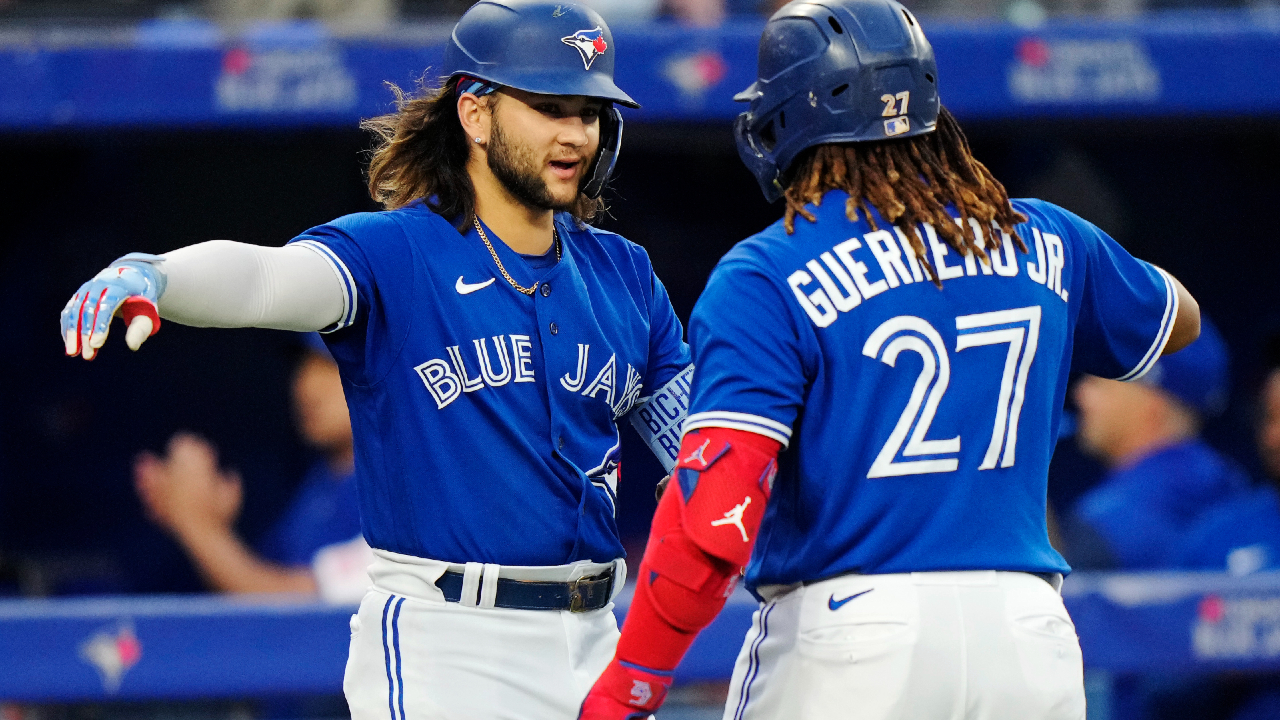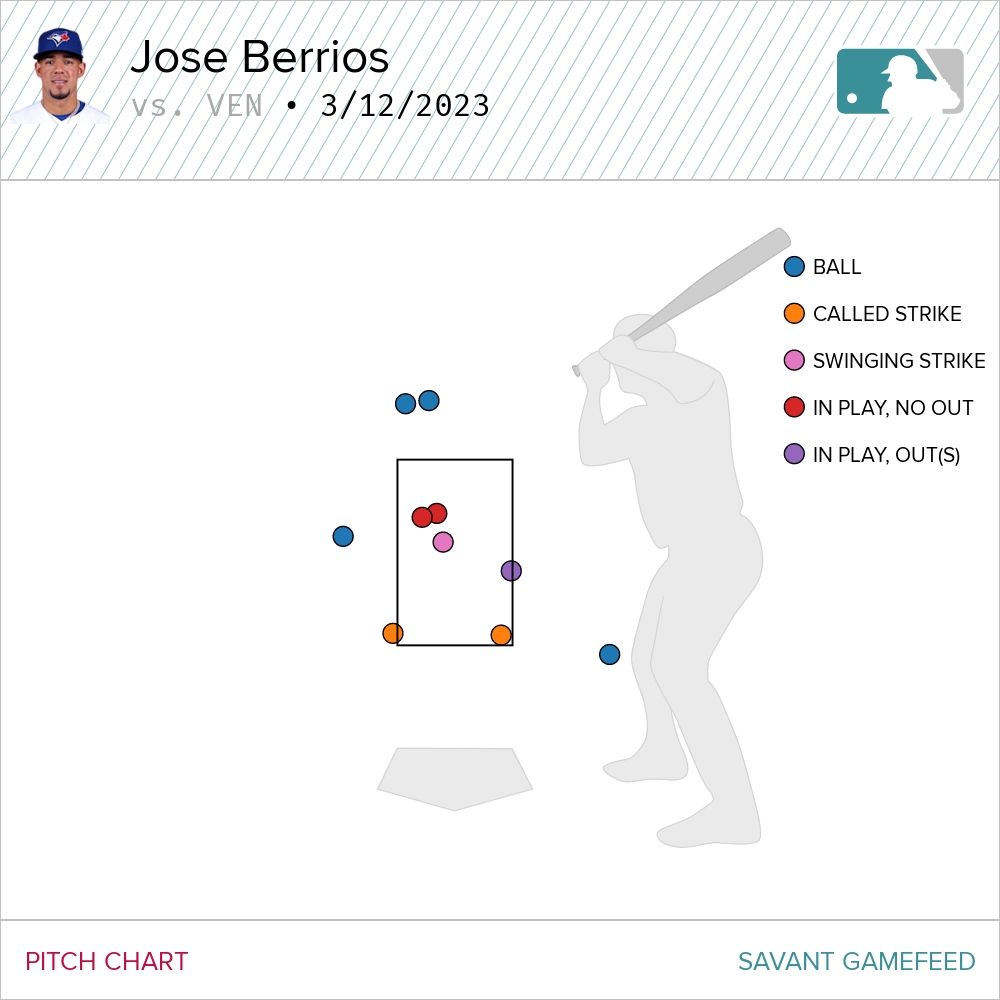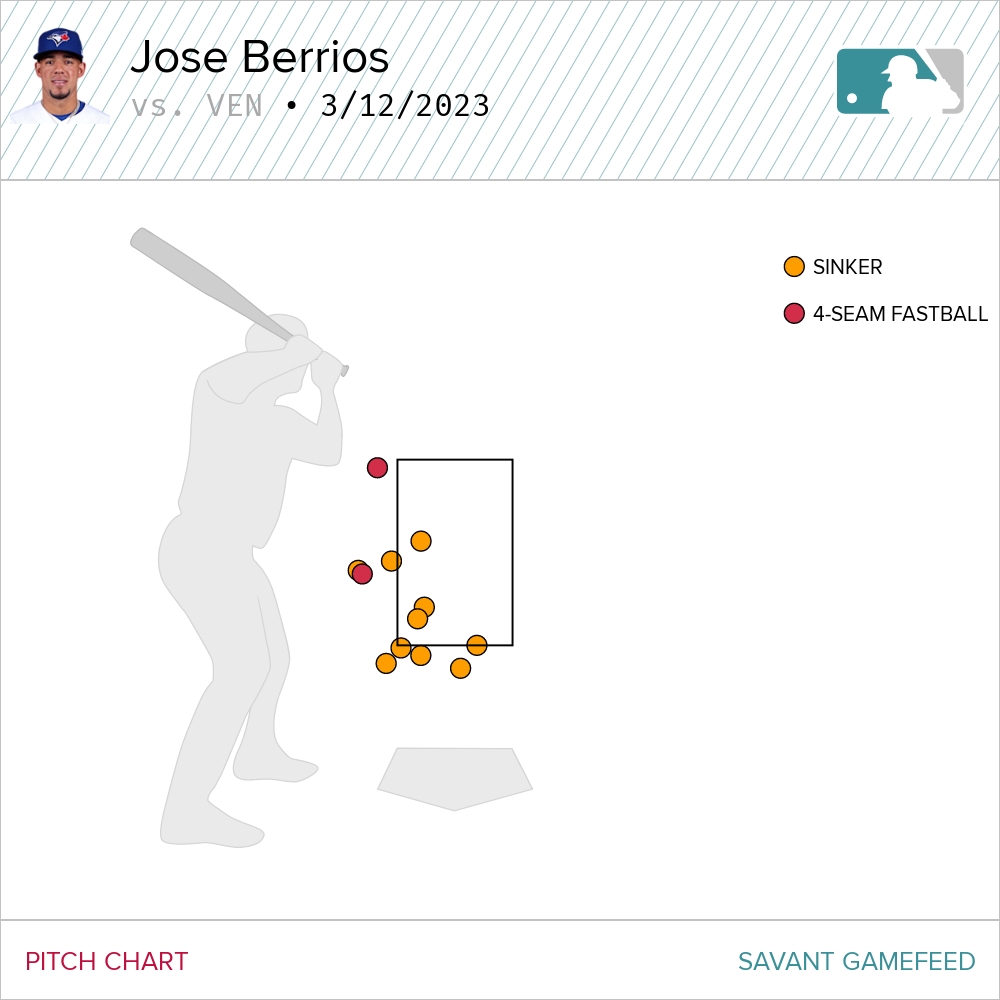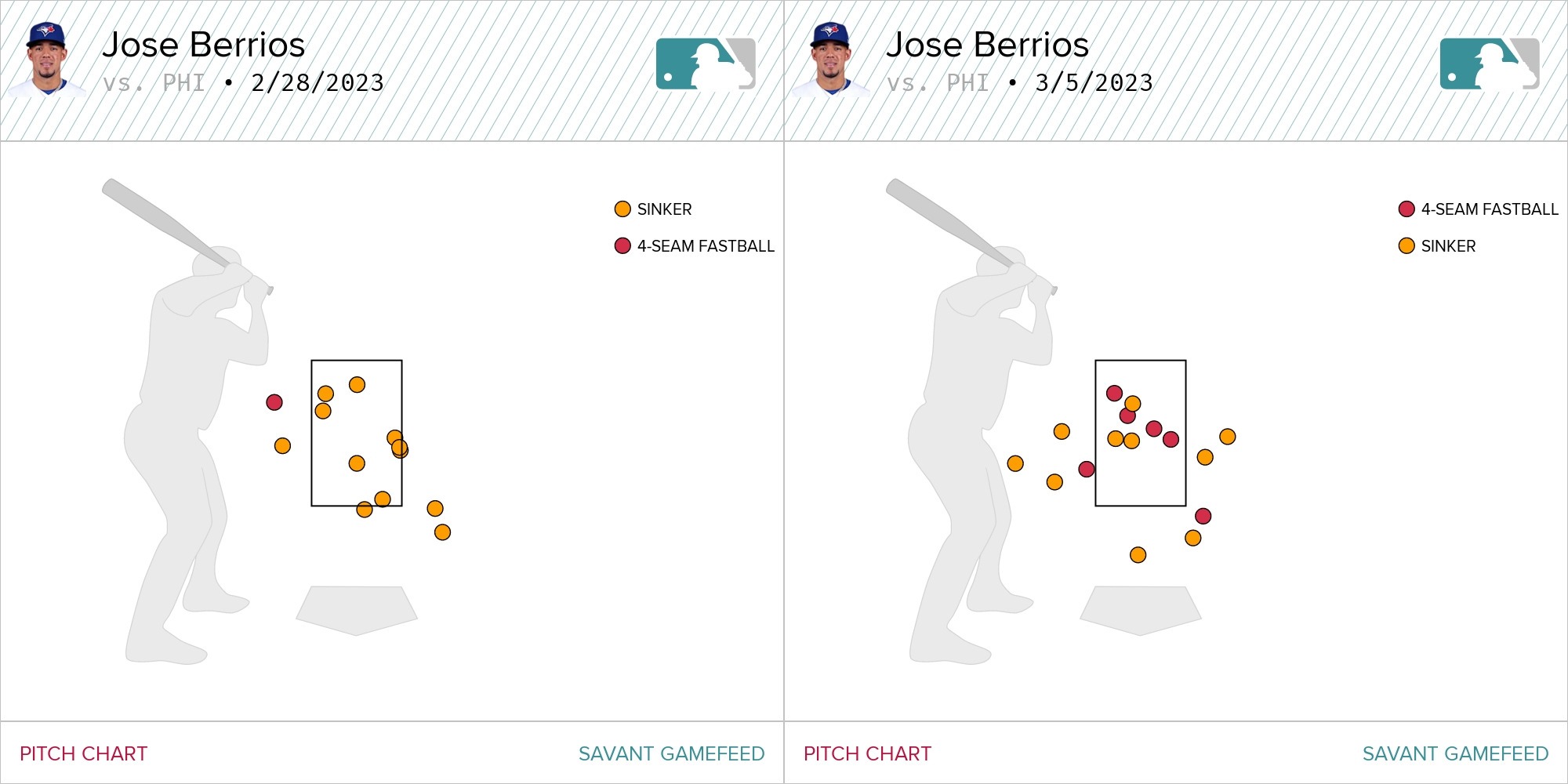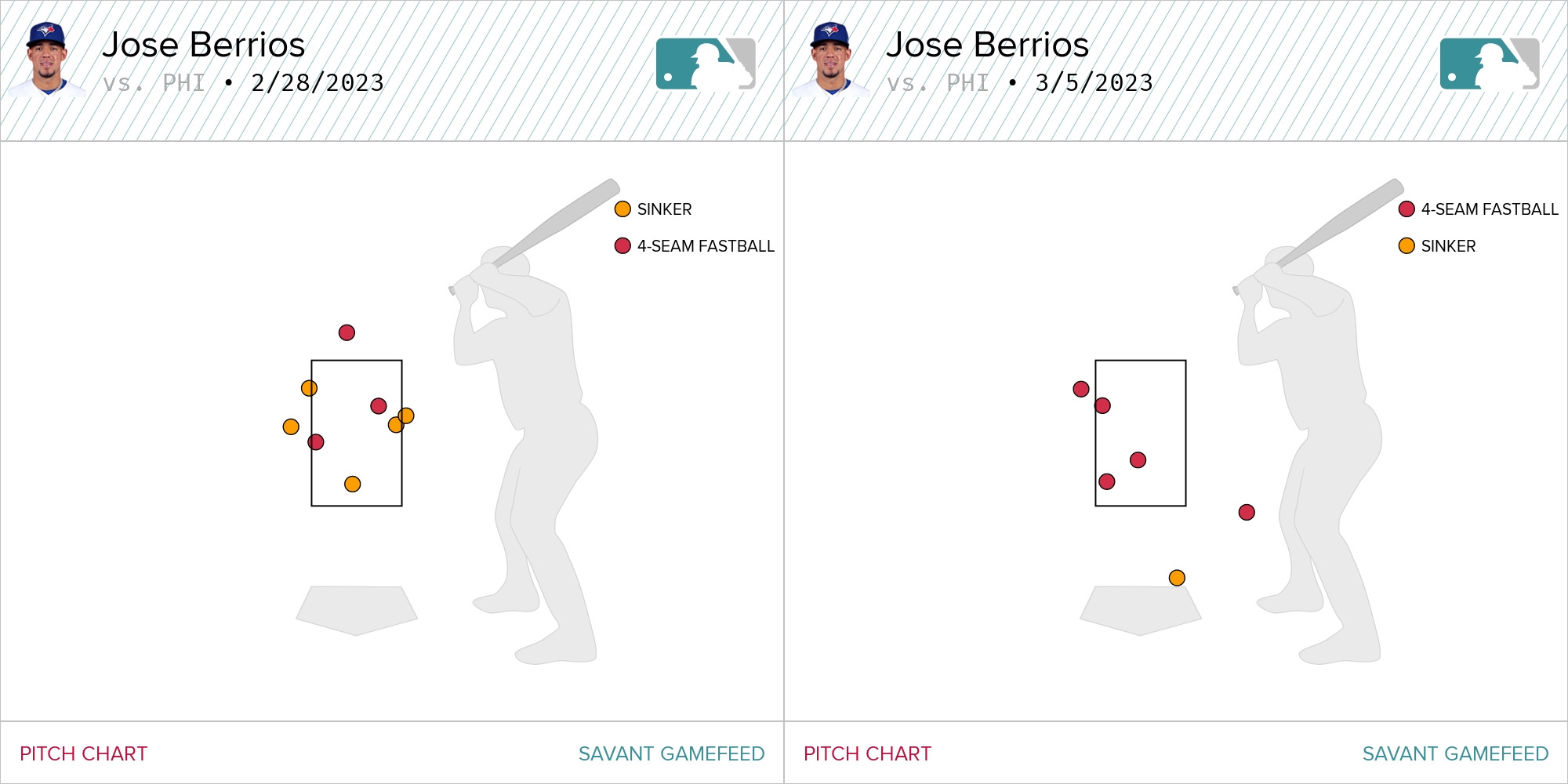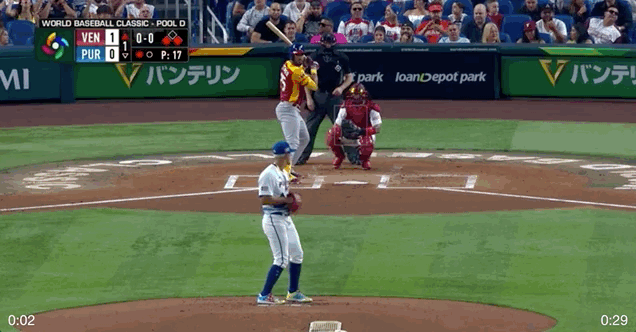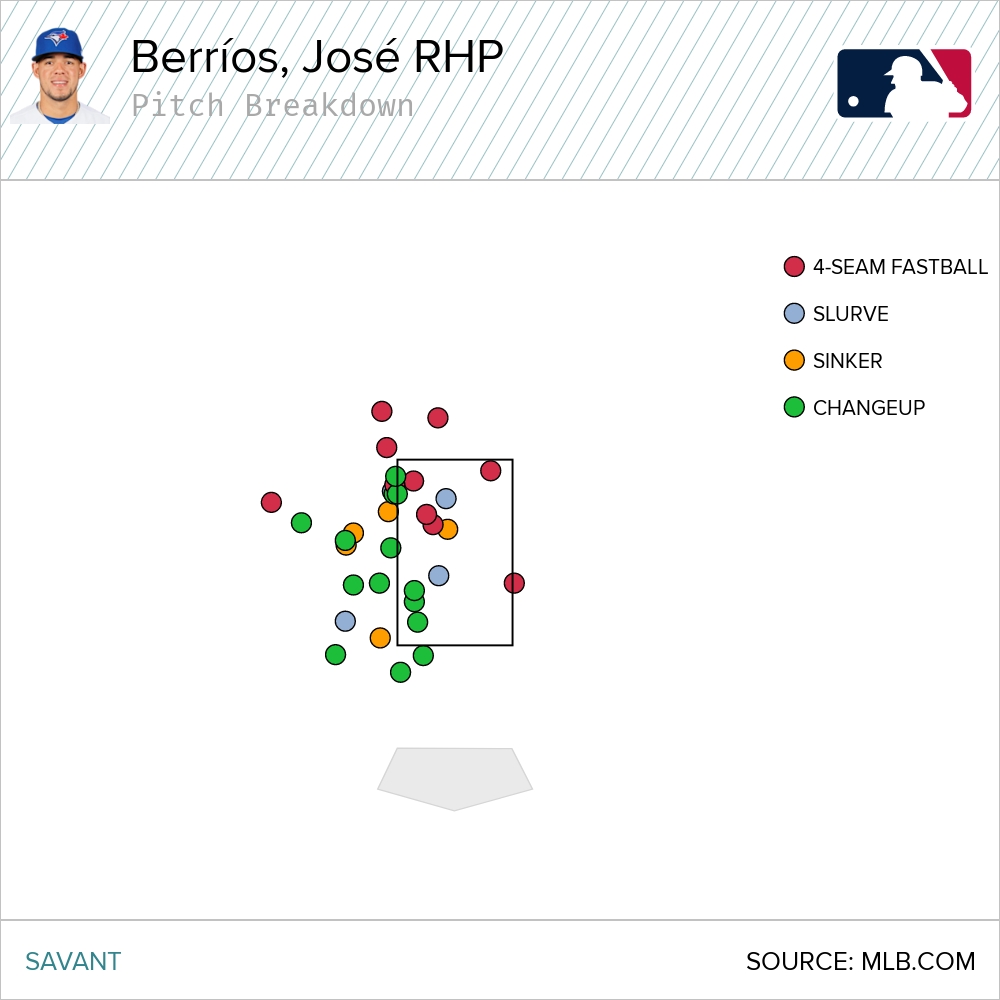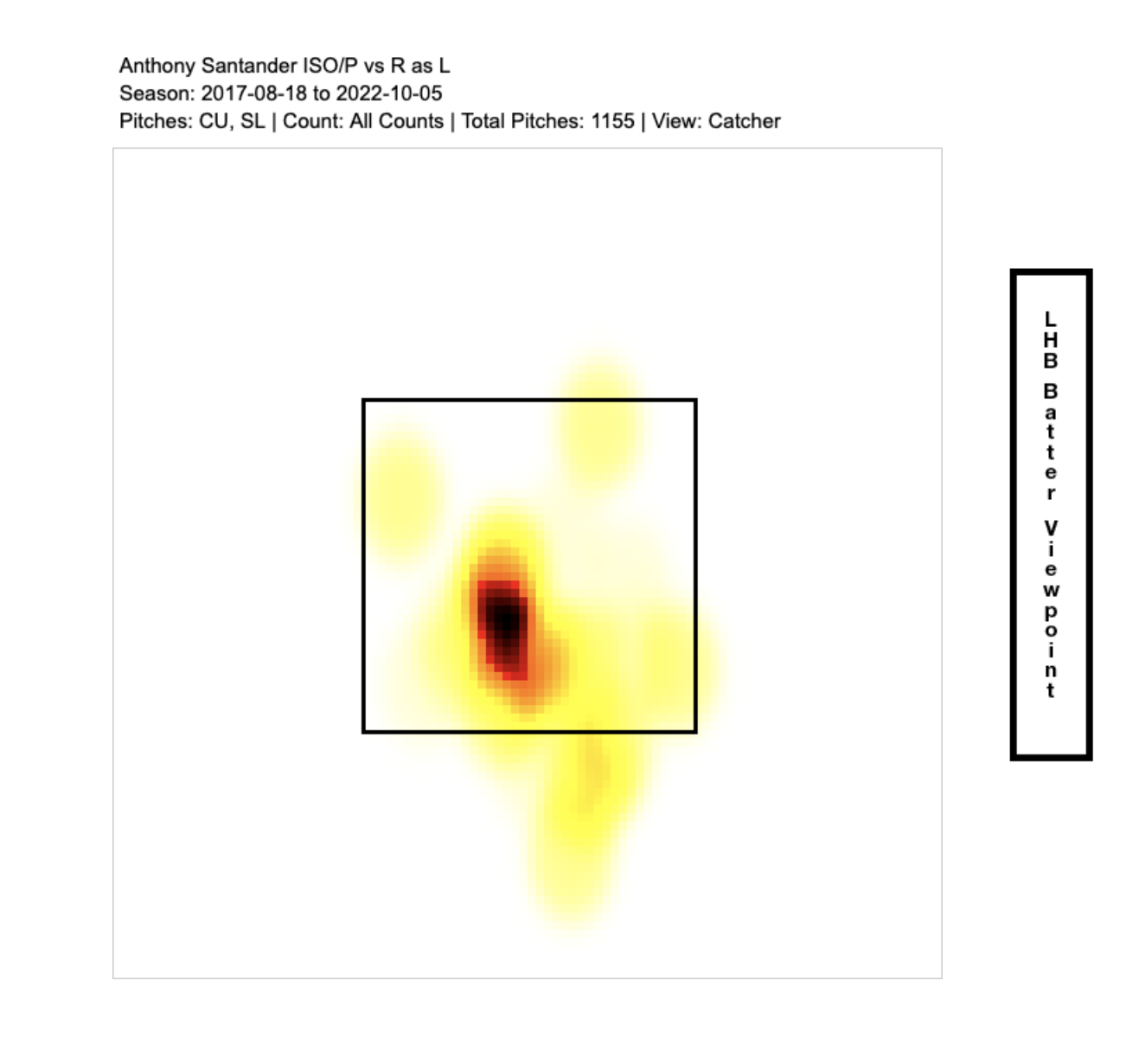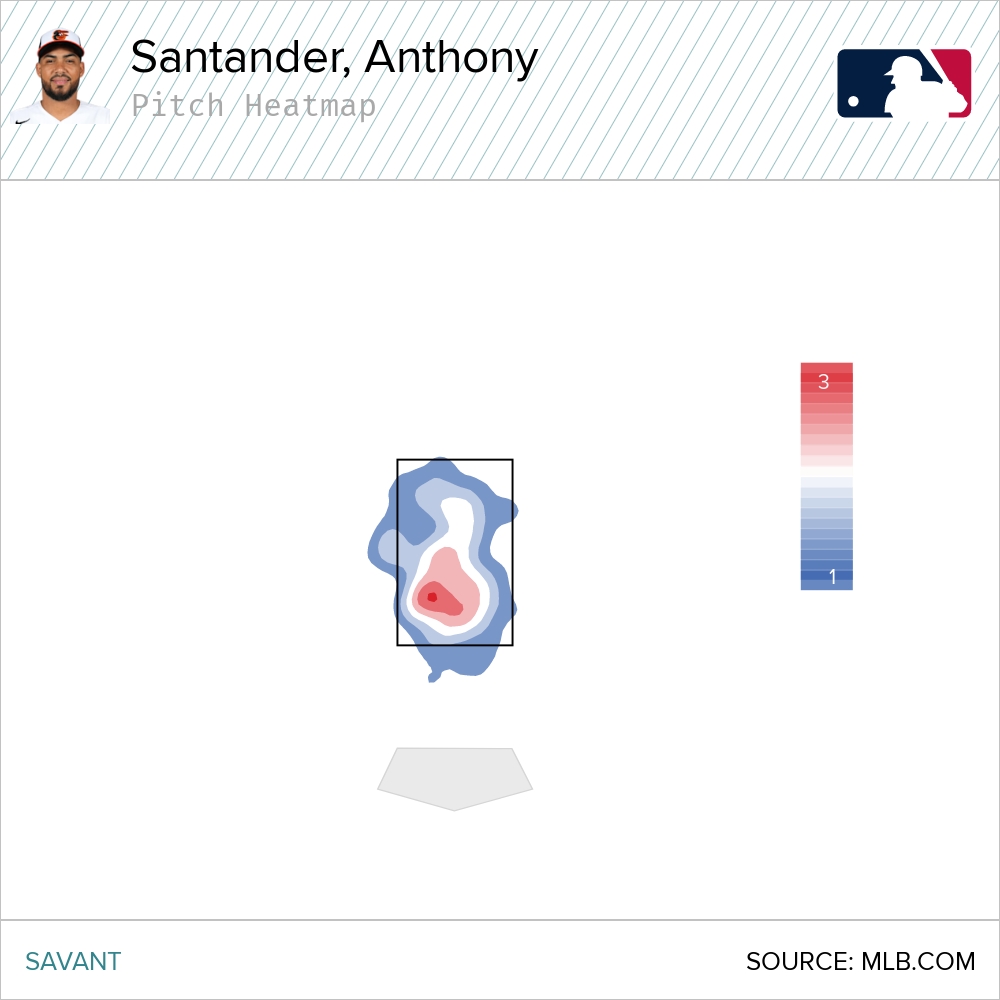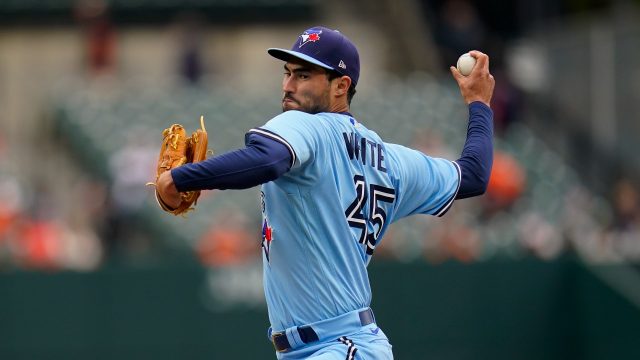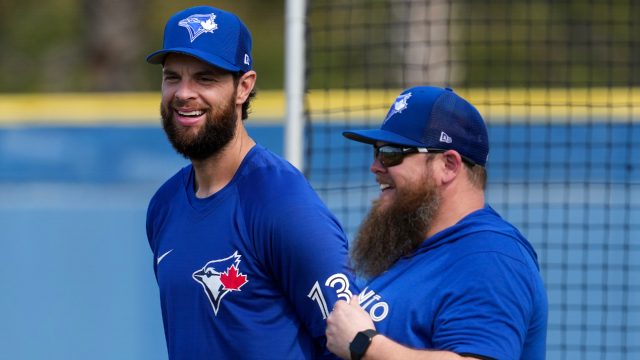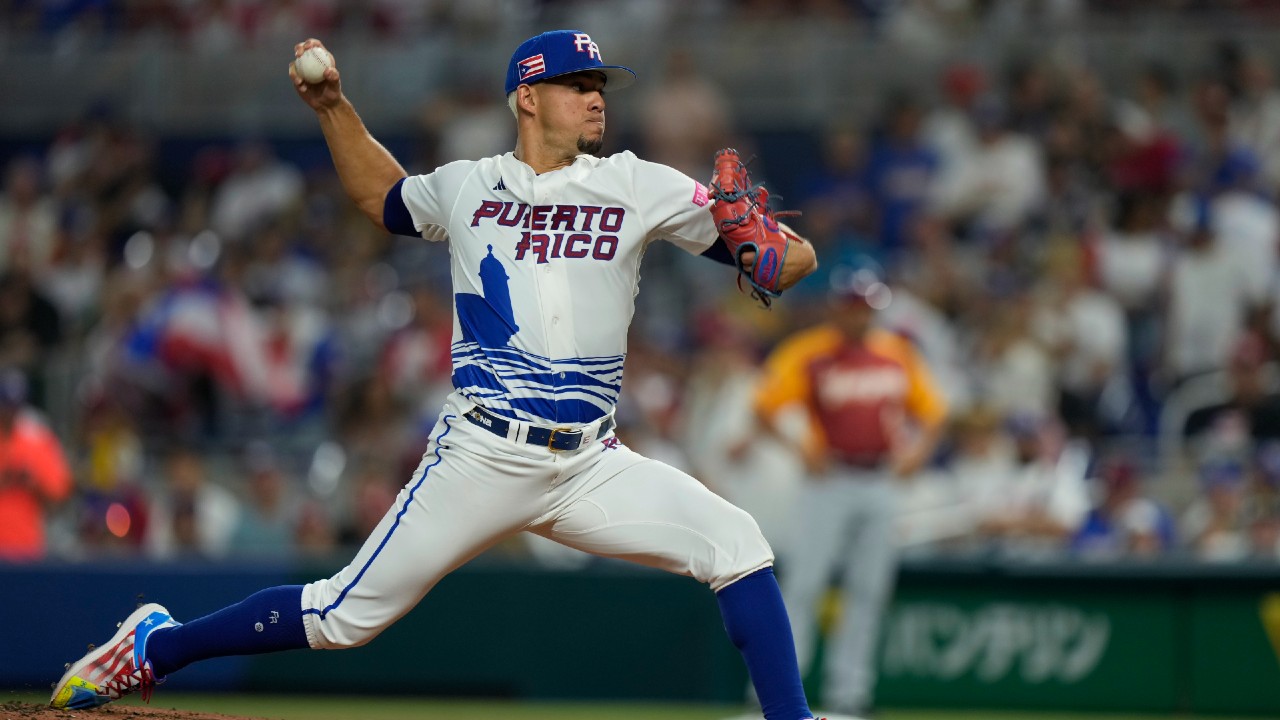
LAKELAND, Fla. — Start with this: if Jose Berrios’ blow-up last week at the World Baseball Classic had happened at the same time of year, only with him wearing Toronto Blue Jays colours and pitching in a meaningless Grapefruit League game before a few thousand at some minor-league ballpark, it wouldn’t have caused a stir.
Good pitchers get rocked plenty in spring training. The other day, Royals pitcher Zack Greinke implied he was purposefully allowing baserunners so he could work on pickoffs. It’s never wise to over-react.
But we must acknowledge that as he was allowing six runs (five earned) on five hits and two walks over one-plus inning of work, Berrios was wearing Puerto Rican colours and pitching in a meaningful game before over 35,000 at the closest thing his sport has to a World Cup.
That’s a different proposition. Berrios wasn’t on the mound to tinker mechanically or work on a pitch. He was trying to efficiently retire batters. And it couldn’t have gone much worse.
“Spring training, we use to work — to improve our skills. But in that game, we had to forget about working on whatever we want to work on. You go out there and pitch and compete,” Berrios said Monday, back at Blue Jays camp after Puerto Rico was eliminated in the quarterfinals. “We tried. Obviously, [Venezuela] did better than me.”
Berrios faced 11 Venezuelan hitters last Sunday, allowing eight of them to reach. He wasn’t helped by the throwing error his brother-in-law, Javy Baez, committed on a routine groundball to begin the game. But he also wasn’t helped by falling behind five of those 11 hitters and leaving four-seam fastballs in very hittable locations.
What was true at the end of 2022, when Berrios led all American League pitchers in hits and runs allowed, remains true today: Berrios’ fastball command needs to improve. Two of the five hits he allowed came off four-seam fastballs he threw up and over the plate against left-handed hitters. That’s not where Berrios needs to live when facing the side of the platoon that hit .381 with a .752 slugging percentage against his four-seamer last season.
To be fair, not all of Berrios’ four-seamers to lefties were poorly located. He hit the edges of the zone with a few. But margins are thin at this level. Big-league hitters are tremendously skilled. And when you look at all 10 of the four-seamers Berrios threw lefties that night, it’s clear why he paid for the two that he missed with — and evident that he got away with another:
Another thing that emerges when you look closer at Berrios’ WBC outing is the way he used both of his fastballs — four-seamer and two-seamer — to right-handed hitters. Working with Minnesota Twins catcher Christian Vazquez, Berrios peppered the inside edge of the plate over 80 per cent of the time:
Those aren’t the lanes the Blue Jays want Berrios operating in with fastballs against same-sided hitters. At least not so consistently. They’ve encouraged him to work away from right-handers more often, which can set up his curveball to generate whiffs from those glove-side tunnels. Or his changeup, to do the same when he does locate arm-side. If Berrios lives exclusively on one side of the plate, hitters will zone in on it.
Here are all the fastballs Berrios threw right-handed hitters in his first two spring starts before joining Puerto RIco. You can see him working to both sides and, if anything, living predominantly away from righties — not in to them like he did against Venezuela:
“We brought a plan. We had something for the hitters. And we tried to execute our plan,” Berrios said. “But I think they had a better plan than us.”
Granted, the other thing that’s evident from these pitch charts is Berrios continuing to leave four-seamers in bad locations. That’s an obvious tendency he needs to correct. But it’s a bigger problem against left-handed hitters than it is against right-handed ones. And Berrios’ four-seamers to lefties in those early-spring outings were at least better located than the ones he threw Venezuela, while his sinkers to them during his first were in great spots:
So, it was odd to see Berrios suddenly working exclusively inside to right-handers with Puerto Rico when he’d been working on doing anything but with the Blue Jays. But it wasn’t as odd as this pitch to Anthony Santander:
That’s an 0-0 curveball down in the zone to a left-handed hitter. And Santander crushed it. To say Blue Jays’ pitching coaches would be livid if that pitch was called and thrown in a regular-season game is an understatement. It would fly in the face of everything they’d discussed in Berrios’ pre-game strategy meeting. Hours and hours of research and analysis out the window.
There is a time and place for Berrios to throw first-pitch breaking balls to lefties. That time is against hitters that struggle to barrel breaking pitches and that place is on the outside edge of the plate, trying to steal a back-door strike. The Blue Jays want the worst-case outcome to be a ball outside or weak contact off the end of that left-hander’s bat. Not a breaking ball that bends directly into the barrel, as the one to Santander did, allowing the hitter to turn on the ball and lob it over the right field fence.
You can see it in the swing Santander executed. He recognized spin and took his 8-iron to it. He’ll do that every time. He loves early-count breaking balls in that location. And the Blue Jays know that.
Santander made nine plate appearances against Berrios last season, making an out in seven of them. The Orioles outfielder’s only success came on a groundball single and an uber-late swing that wrapped a ball around third base and into the left field corner for a double. It’s a matchup Berrios has usually gotten the better of, with Santander going 4-for-14 against him over the course of his career with only that one fluky extra-base hit.
But forget results for a moment. Let’s talk process. Here’s how Berrios pitched Santander last season:
Fastballs up, changeups away. Nothing on the inner half. And certainly no breaking balls down in the zone, like the one Santander took deep at the WBC. And when you look at where Santander’s isolated power has come against breaking pitches over the course of his career — when batting from the left side against right-handed pitchers like Berrios — you can see why the Blue Jays would avoid that location:
This is a guy who mashes breaking balls down in the zone from righties. Not only breaking pitches, mind you. Anything down in the zone. Take Santander’s 124 extra-base hits off right-handed pitching over the course of his career, plot them on a heat map, and it’s very clear which area of the zone he loves to see pitches in:
If you’re a right-handed pitcher, there’s no reason to ever go there. But for one reason or another, pitching for Puerto Rico last week, a breaking ball down in the zone was called. And Berrios threw it. And Santander did what he does against pitches likes those.
“It was different — a little different,” Berrios said when asked if the gameplan Puerto Rico charted for him differed from the ones he’d been using this spring with the Blue Jays. “But we have to be on the same page. We did it and went out there and tried to execute the plan.”
Look, what’s done is done. We’ve already gone too deep into the weeds of one mid-March outing. If anything, the Blue Jays can use Berrios’ experience getting rocked while pitching the way he did with Puerto Rico to help encourage more buy-in to the attack plans they’ve been working on with him this spring.
And as was the case last season, when Berrios pitched to a 5.23 ERA that stood in stark contrast to the 3.74 one he’d posted over the half-decade prior, quality of stuff wasn’t a concern. Berrios’ fastball velocity has sat consistently in the 94-mph range this spring; he even touched 96 against Venezuela. His biting sinker still has its trademark life. And his big breaking ball’s bending as much as ever. If the Blue Jays can merely get him to avoid hittable areas of the zone, he ought to be able to recapture the consistent success he enjoyed earlier in his career.
That’s the focus going forward. As is building up workload for the regular season. After throwing 36 pitches in his first spring outing on February 28, and 47 in his second five days later, Berrios reached only 38 in his WBC outing a week after that. But he was prudent enough to keep throwing in the bullpen after being lifted, working his way up to 68 pitches.
After throwing a 50-pitch side session at Blue Jays camp Sunday, Berrios will return to a game mound Wednesday against the Baltimore Orioles and try to stretch out to around 75. He’ll get another spring training tune-up after that, ideally working into the 85-90 range in the days prior to Toronto’s season opener.
And then it’s go time. Berrios’ WBC experience didn’t transpire as anyone had hoped. Not player, not club, not national program. But you can take just as much from failure as you can from success. Often more. Back in camp with the Blue Jays, where things were moving in the right direction earlier this spring, Berrios will try to prove just that.
“I’m so excited to pitch again this Wednesday and keep doing my thing, with the way I’ve been feeling so far this spring training,” Berrios said. “Because last year is passed away already. We want to turn that page and take the feeling I have right now — and keep it rolling into the regular season.”


